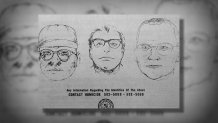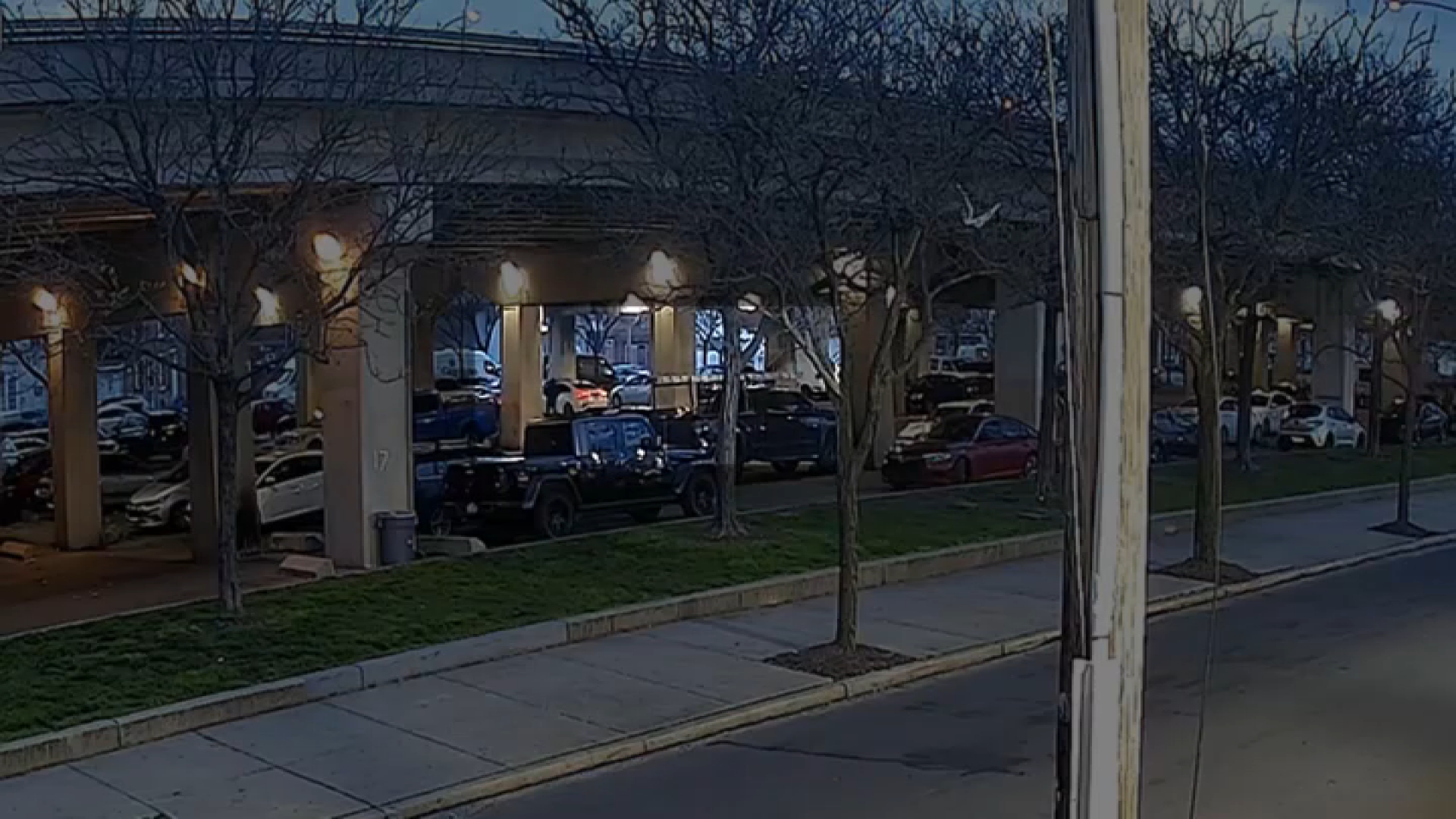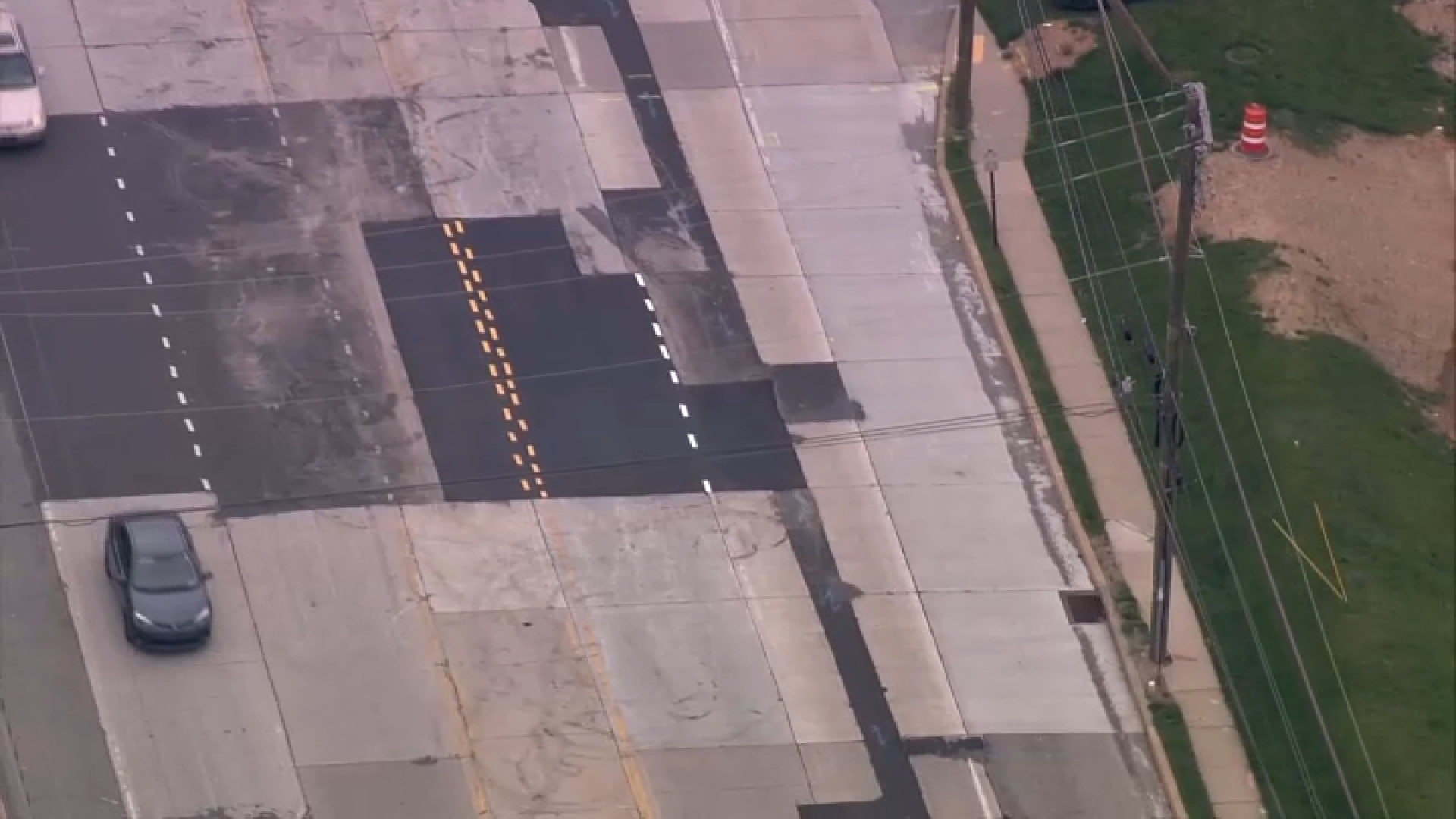What to Know
- The "Frankford Slasher" raped and killed women in Philadelphia in the late 1980s and early 1990s.
- A man convicted in the murder of one woman was described at the time as potentially a serial killer.
- Investigators have since determined there is no evidence supporting Leonard Christopher as the Slasher. Eight cases remain open and unsolved
It’s been nearly 30 years since the "Frankford Slasher" terrorized Philadelphia, killing at least eight women whose murders still remain a mystery. Decades later, police are re-examining existing DNA evidence that could, finally, lead to solving the case.
The Frankford killing spree dominated headlines from 1985 to 1990. With a serial killer on the loose, North Philadelphia residents were always on the lookout, according to Walt Hunter, a longtime city reporter who covered the slayings.
“The people who lived in Frankford would find themselves looking at the person next to them on the bar stool or coming down the street,” Hunter, who retired after decades with KYW-TV, said in an interview. “You had a predator with a sixth sense of the vulnerabilities of these women.”
All the victims were similar - white women who frequented bars along three specific blocks of Frankford Avenue between Wakeling and Bridge streets. Each victim was sexually assaulted and stabbed to death.
Philadelphia police identified a possible suspect — a middle-aged white man who called himself a minister. He disappeared sometime after investigators questioned him but not before a DNA sample was taken.

That sample is currently being compared to DNA from the various victims using technology that was not available in 1990, police said.
Local
Breaking news and the stories that matter to your neighborhood.
The Philadelphia Police Department declined to comment on the Frankford slasher case, which remains open.
Despite those efforts, it’s too late for Leonard Christopher, a black man who was arrested and convicted of murdering 46-year-old Carol Dowd in 1990. Her disemboweled body was found in an alley behind a fish market where Christopher worked. She was the eighth woman who died in a way consistent with homicides associated with the Frankford Slasher.
“They were all Caucasian, lived in the area, had a history of mental illness or drug dependency,” attorney Marissa Bluestine from the Innocence Project of Pennsylvania said. “They were women on the edges of society.”
Dowd’s murder is the only one that ever went to trial, she added.
Christopher maintained his innocence from the beginning. No weapon, motive or blood was ever linked to him during the investigation, Bluestine said. He did not match the description of a middle-aged white man believed to be the serial killer. Yet Christopher became the face of the Frankford Slasher.
During the investigation, two witnesses claimed they saw Christopher walking into an alley with Dowd on the night she died. Another witness said Christopher had been seen with a middle-aged white man matching a police sketch of the Frankford slasher suspect.
In September 1990, while Christopher was in jail awaiting trial, a ninth woman was killed. Bluestine said that should have cast further doubt that Christopher murdered Dowd.
The jury did not have any of that information, Bluestine said.
Christopher was eventually convicted of first-degree murder and sentenced to life in prison.
“This is a man who spent the majority of his life in a prison cell for a crime that he did not commit,” Bluestine said. “In a way, that bothered him more than the fact that his freedom had been taken away.”
Christopher eventually died from cancer behind bars.
“Not only was Ms. Dowd never given justice because her murderer was never found and caught, but the other eight women … those murders are still unsolved,” Bluestine said.



